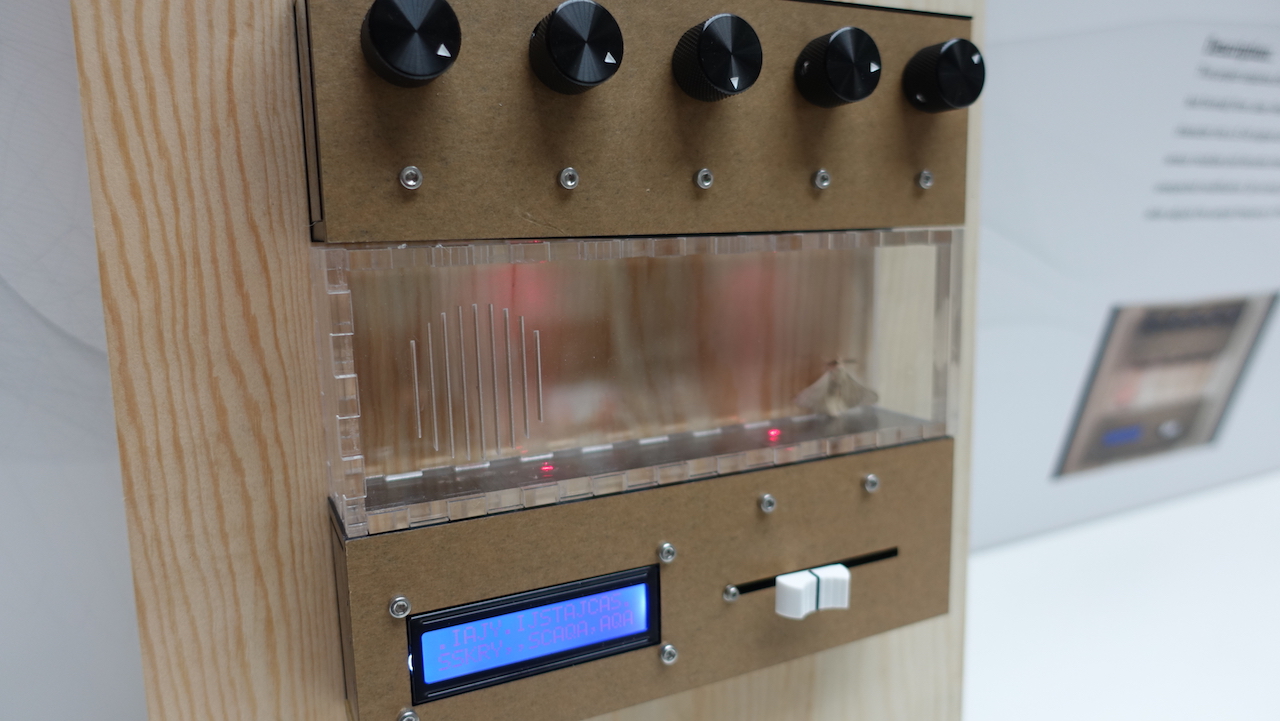Technoetic Arts Exhibition 2017: A Technoetic Multiverse
Roy Ascott Studio, DeTao Masters Academy / Shanghai Institute of the Visual Arts
The exhibition “A Technoetic Multiverse” includes undergraduate student works from the course BA in Technoetic Arts (year 1, 2, and 3) that explore physical prototyping, computational media, biological systems, interactive installations, virtual reality, and screen-based media. The exhibition was supervised and curated by Stavros Didakis. The course is led by Roy Ascott.
Exhibition Abstract
“Our current presents collide with an advanced technological progression that challenges our understanding about the limitations of our bodies, consciousness, and imagination. Under this perspective, radical experimentation evokes possibilities that utilize multiple dimensions – spatial, temporal, digital, and biological – demonstrating that the artistic expression is not limited only within the human potential, but is able to transcend to all possible physical and metaphysical scales. Electronics, digital media, artificial and evolutionary systems, virtual cyberspaces, as well as organisms, bodies, and cells, all fuse into a palette that enables Art to genetically modify itself.” (Didakis, 2017)


